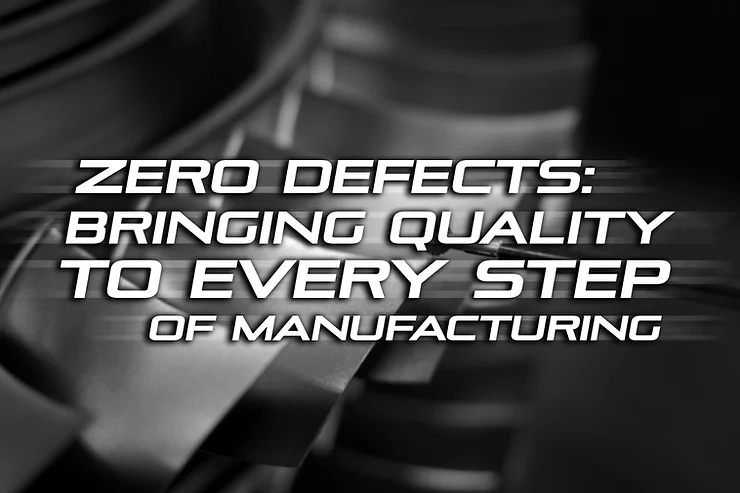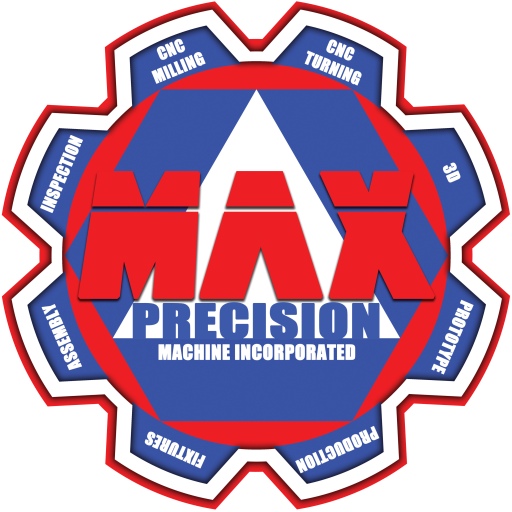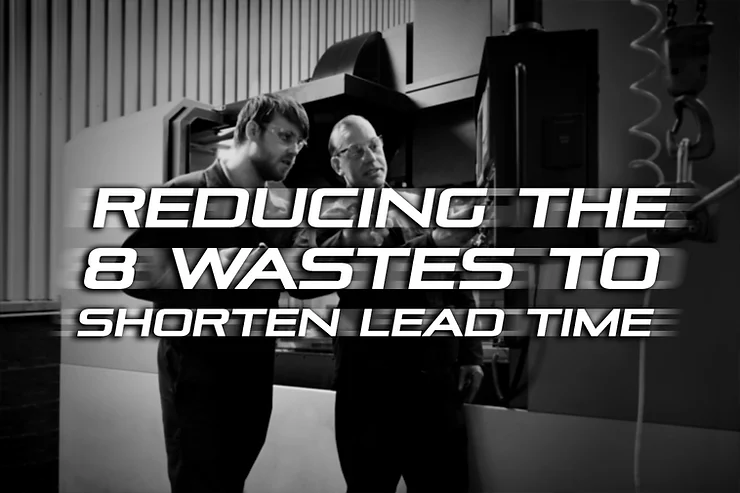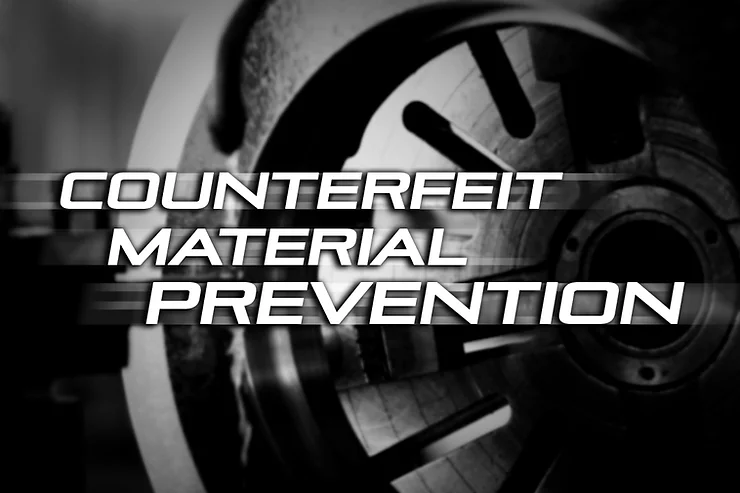Zero Defects: Bringing Quality to Every Step of Manufacturing

The idea of Zero Defects was first introduced by Dr. Phil Cosby in 1979 in his book, “Quality is free” and elaborated later in another of his book “Absolutes of Quality Management”. In the former, the author suggests that by improving quality the waste of defect is reduced and so are the many costs associated with it. So in effect by improving quality through process inspection the company saves the costs of defects without any extra spending. Thus Quality becomes free. Zero Defects being philosophy is governed by Principles, unlike a program that requires set rules to be followed. This makes it a very flexible policy to adapt according to the needs and capacity of an organization.
Zero Defects is not a program, It is rather a movement, or philosophy which aims to produce the right product or service every time, right from the first time. It changes the way an organization tackles quality management. Instead of focusing only on inspection, detection, and rectification of the final product, the priority is to inspect the process as well and detect flaws in the process which cause the defects in the final product. Thus Zero Defect is a top-down strategy whereby the management communicates changes in the working philosophy right down to the floor worker with the sole aim of keeping an eye on every step of the process to detect and report any flaw sighted at any stage of the manufacturing process.
Costs of Defects in Manufacturing
A defect is the non-conformity of a product to standard specification. Defects compromise the quality of a product. Inferior product quality is a waste that increases the cost of the product. The cost due to inferior quality can be financial, ecological, and social. Financial costs include the cost of inspection, rejection, remake, repackage, storage and transportation to name a few. Ecological cost is incurred by dumping the rejected product causing damage to the environment. The social cost is incurred by damaged reputation and customer confidence which can multiply through social media.
Zero Defect – A Holistic Approach to Quality-controlled Manufacturing
Zero Defect in manufacturing encompasses raw material, process, and product quality control using preventive, corrective, and predictive protocols that are based on data-driven technology making sure that no defective product reaches the customer from the manufacturing plant. The holistic concept of Zero Defect is depicted in Fig-1. The degree of control provided by each approach for Zero Defect manufacturing should however depend on the type of product and industry

Source: tandfoline.com
Fig-1 Zero Defect- Holistic Approach to Quality-controlled Manufacturing
1. Raw Material Control
Raw material control is the first link to holistic zero defect manufacturing. The cost of correcting the defects in the raw material quality should be calculated and the supplier should be made to bear the costs. When the suppliers are made to bear the cost of defects, then they will ensure that the raw material is supplied defect-free and as per the required standard.
2. Product Oriented Control
In the Product Oriented Quality Control, the quality of the product is compared with the standard product specification. If the quality of the product conforms to the standard specification of the product then the product passes the quality test. If however, the product does not conform to the standard specification then the machine health is checked and rectified to prevent further defects.
3. Process Oriented Control
In the Process Oriented Quality control, the process is monitored and if any abnormality is detected then, it is rectified and the fault is removed. As long as the process and machinery are operating normally then the product quality will also be good.
Principles of Zero Defect
The Zero Defect is guided by principles that make it easy to clarify the concept and to stay focused on the philosophy while remaining flexible in its implementation. Following are the main Principles of Zero Defects
-
Quality is Conformity to the Requirement A product’s quality depends on its conformity to the customer’s requirement. Therefore mere specifications do not make a product superior or inferior in quality to the other product. It is however product conformity to the specification as required by the customer of that product that determines its true quality.
-
Preventing Defects The adage “Prevention is better than cure” is the crux of this principle. By focusing on inspection for the detection and rectification of flaws at all the stages of the production process, an inspection of the final product can be minimized while improving the quality at the source i.e the manufacturing process.
-
Review Quality Standard If a product does not meet the customer’s requirement then it will fail to fulfill the need and hence it does not meet the quality standard. However sometimes even though a product does not meet the customer’s requirement, it does fulfill a need. Therefore quality standards based on customers’ requirements need to be reviewed from time to time.
-
Determine Cost of Defects A defect is the waste of lean manufacturing and has several costs attached to it. For example, the costs associated with the inspection of the final product, the detection of the defective product, the remaking and repackaging of the product, the transportation of the defective product to and from the customer, the overproduction to cater for the defective product, storage of the defective product, condemnation of the rejected product and loss of reputation. All these costs can be saved by adopting the Zero Defect philosophy.
Tools and Techniques for Zero Defect Adoption
As Zero Defect is a philosophy therefore there are no step-by-step rules for its adoption. However, tools and techniques are available to make the decision-making before the transition clear and objective-oriented. Some of the tools and techniques are as follows
1. When the management decides to adopt the Zero Defect philosophy, then it must realize that it represents a marked change from the way things were previously done. Therefore the change must be adopted using the management of change. Management of Change aims to protect the workers from potential harm during the vital transition period. Since every Company has different risks associated with change and varying degrees of tolerance for the risks. It is therefore up to the Company to determine the risks and the level of tolerance for the risks. Some of the changes that should be evaluated are as follows:
-
Introduction of new equipment to the process
-
Modification to process equipment
-
Addition/Modification to infrastructure
-
New or modified process control instrumentation
-
Changes in process parameters
-
Changes in the Standard Operating Procedures
-
Alterations in safety procedures
2. Zero Defects must be designed to meet the customer’s requirement. There is no point in wasting time and resources by over-designing to include things that are irrelevant to the customer.
3. Proactive detection of process flaws. It means that the flaws should be detected before they emerge.
4. Introduced by Shigeo Shingo of Japan in 1960 Poka-Yoke or prevent unintentional errors, emphasizes that defects due to unintentional mistakes are hard to avoid therefore effort should be made for their early detection to prevent compounding of defects.
5. Monitoring and constant feedback should be built into the system to quickly spot the defect and take quick action to keep the waste of defects to a minimum.
6. The cost of defects should be ascertained so that it could be apportioned as savings due to the quality efforts.
7. Efforts made to embrace Zero Defects must be rewarded to keep the members motivated
8. Understand that Zero Defect is the goal and means to achieve that goal are dynamic therefore to achieve the goal one must monitor, evaluate and adapt continuously to keep the focus on the goal.
Zero Defect Manufacturing Strategies
There are many uncertainties associated with manufacturing that makes defects inevitable. However, the aim should be to minimize defects as much as possible. Zero defect strategies may be achieved using the following individual strategies
-
Detect: It is the strategy after the defect has occurred
-
Predict: It is the strategy to determine when will the next fault will occur
-
Repair: It follows a detection strategy
-
Prevent: It is a proactive strategy that follows the detection and prediction strategy
The four individual Zero Defect Strategies may be further divided into two categories which are as follows
-
Triggering Factors- Detect and Predict: Responsible for the identification of quality problem
-
Actions- Repair and Prevent: These are the actions taken as a result of the input from the triggering factors
For an effective Zero Defect Manufacturing strategy, the triggering factor and the action must be used in pairs. Hence there may be three logical strategies with the pairing of the triggering factor and action which are as follows
-
Detect-Repair: It is a corrective strategy where a defect has been detected and has to be repaired
-
Detect –Prevent: It is a preventive strategy where a defect is prevented using the production defect history data
-
Predict-Prevent: It is a fairly new strategy that uses advanced data technologies such as AI, Machine learning, Big data, and Cloud to predict when in future a defect will be formed and take preventive action before the occurrence of the fault This is in line with the Zero Defect philosophy of doing the right from the first time.

Source:tandfonline.com
Fig-2 Zero Defect Manufacturing Strategies
Zero Defect manufacturing does not contain one method but it consists of a set of methods that ensures effective implementation for various systems. Using the methods in pairs offers the best of each method for effective implementation of the ZDM.
Advantages of Zero Defect Manufacturing
1. Practically Feasible
Zero Defects are feasible. If we look at our daily lives then we can find plenty of instances of Zero Defects. For example how often do we expect the plane we are flying to crash or how often do we expect the food we eat at the restaurant to cause food poisoning or
How often do we find our money going to someone else’s account? If we expect all these zero defects in our daily lives then why can’t we have them at work? To achieve Zero Defects at work we must try to know where the defects come from and how to prevent them.
Even with the uncertainties associated with manufacturing and the variability in the raw material Zero Defect is practical and feasible for the manufacturing as the main aim of Zero Defect is to reduce defects as much as possible, to prevent the defective product from reaching the customer and to keep the defective product in the plant failing which the manufacturer stands to lose the defective product and the customer.
2. Best Quality Improvement Solution
Zero Defect manufacturing is the best of all the contemporary quality improvement solutions primarily because it has the provision of analyzing past and present real-time data to predict and prevent the creation of defects even before their occurrence. All the other quality improvement solutions rely only on past data after the occurrence of the fault to repair and prevent faults in the future and in doing so it misses out on the current real-time data for the prevention of the fault. The other aspect of ZDM that is different from the other quality improvements methods is that unlike the other methods it does not emphasize maximizing by improving the process through standardization. In Zero Defect manufacturing the emphasis is reducing defects as much as possible by restricting the defective product to the plant…,
3. Cost-Effective
Most of the traditional cost improvement methods were devised for mass production. Today the emphasis is on customization and personalization which has drastically reduced the batch size that has increased the number of defects per batch with less and less time available to rectify the defect. Also, most of the traditional methods use corrective measures to the defects which means to rectify the defect must occur first. Zero defect manufacturing on the other hand uses data-driven technology to predict the occurrence of the fault before its creation thus providing ample time to take preventive measures. By emphasizing the need to limit the defective products to the plant, significant costs can be saved in terms of transportation to and from the customer, lost customer, lost reputation, cost of remaking the product and transporting it again to the customer thus making Zero Defect manufacturing cost-effective.
4. Ease of Migration from another QI system
Manufacturers who have achieved zero defects through years of experience working with the same process and products would find it very difficult to achieve such results in today’s personalized and customized products with a short product life cycle. This is because the traditional methods work on a corrective model with no input from the present real-time data to aid the prediction of defects even before their occurrence. Therefore manufacturers who have most used traditional quality improvement methods would gain enormously by migrating to Zero Defect manufacturing making their quality control adaptable to products or process variations.
5. Easier to Implement
All the information for the implementation and adoption of Zero Defect Manufacturing is very simple and easy to understand. Despite its simplicity, the information is detailed and easy to implement without the need for certification training as is the case with some of the traditional Quality Improvement programs. Some of the contemporary QI programs are so complex that considerable time and effort has to be spent for their implementation
6. Better than 100% Inspection Model
To avoid defective products traditionally there are two types of inspection
I. Judgmental Inspection: This type of inspection is carried out on the final product output based on a predetermined sampling rate. With the human inspection even if the sampling rate is raised to 100% Zero Defects may still be impossible to achieve due to imperfect measurement due to human bias. Even if the 100% inspection is done automatically through cameras and lasers, Zero defects may still not be achieved for all types of products.
II. Informative Inspection: In this method, the inspection of the output product is used as feedback to control a process to prevent further defects. In this method, the risk of defect is reduced and is limited to the sampling intervals. However, this method still fails to achieve Zero defects as the process is controlled after the occurrence of the defect.
Zero Defect manufacturing however uses data-driven predictive technology that can predict a fault before the occurrence of the defect so that it is possible to prevent defected output.
7. More Responsive Than Other QI Methods
In Zero Defect Manufacturing there is no delay in applying the control for preventing defects as it uses real-time data-driven predictive technology to predict the occurrence of the fault before the occurrence of the defect. However, in the QI methods, only the past information of the defect that has already occurred is used to control the process for correction of the defect. This introduces a delay in the responsiveness of the other QI methods
8. Improved Defect Traceability
The holistic nature of Zero Defect Manufacturing includes the application of quality controls in raw materials, processes, and the final product to achieve 100% defect-free product with traceability of the fault right up to the origin of the raw material with the help of blockchain and RFID technologies.
9. Accurate Prediction of Defects.
Complex, voluminous datasets that arrive at high velocity are called Big Data. Around the world, manufacturers gather big data from multiple sources such as sensors embedded in physical objects( Internet of things), process control machinery, supply chain management systems, to systems that monitor the performance of the product that have already been sold. Big Data is boasting the accuracy of the data-driven predictive technology in Zero Defect Manufacturing to predict the occurrence of the fault before the creation of the defect.
References
-
https://www.greycampus.com/blog/quality-management/zero-defects-in-quality-management
-
https://keyperformance.com/2014/05/zero-defects-a-realistic-goal-or-a-dream/
-
Foivos Psarommatis, João Sousa, João Pedro Mendonça & Dimitris Kiritsis (2021) Zero-defect manufacturing the approach for higher manufacturing sustainability in the era of industry 4.0: a position paper, International Journal of Production Research, DOI: 10.1080/00207543.2021.1987551 Available at. https://www.tandfonline.com/action
-
https://www.industr.com/en/zero-defect-manufacturing-poka-yoke-overview-2371462
-
https://d2uars7xkdmztq.cloudfront.net/app_resources/12615/documentation/28463_en.pdf




